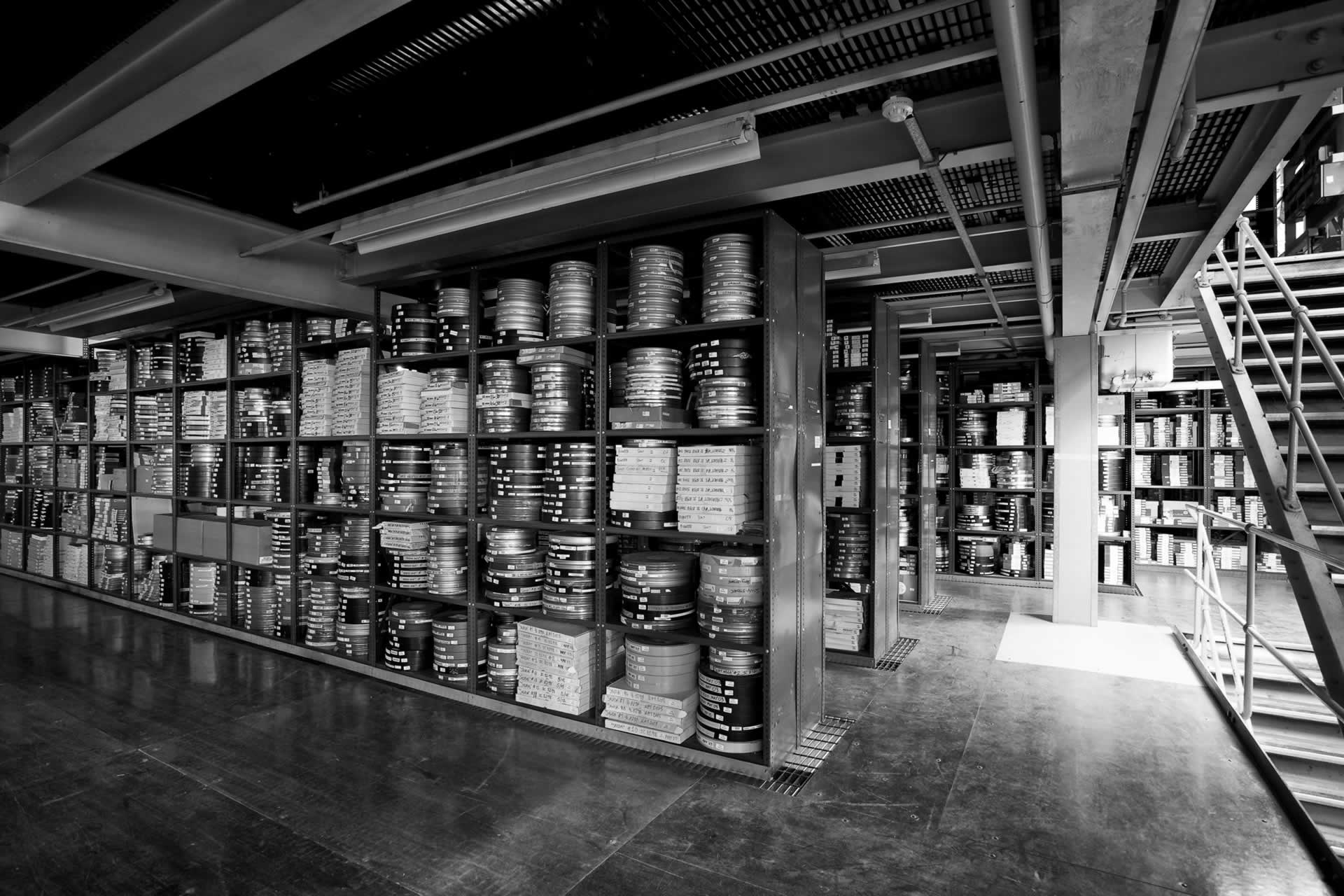Understanding LTO Tape Drives For Media Storage
A Linear Tape-Open (LTO) drive is a data storage device that uses magnetic tape to store large amounts of data. LTO tape drives are popular because they are relatively inexpensive and can hold a large amount of data in a small space.
With the recent rise of cyberattacks and data loss, it’s not surprising that sales for LTO capacity and media units spiked back in 2021. Businesses are now more interested in backing up their data off-site and protecting it against ransomware and other threats.
In today’s article, we’ll discuss what LTO tape drives are, the different generations, the pros and cons of using LTO tape drives, and why you should consider using them for your business.
LTO Tape Drives And Media Storage

LTO Tape Drives are used to store data on magnetic tape. They use a linear tape-open format developed by Hewlett Packard, IBM, and Seagate to provide a compatible way to store data on different types of tape media.
LTO Tape Drives are also available in different interfaces, allowing businesses to use them with various computers and other devices.
Capacity
LTO Tape Drives are available in various sizes and capacities, making them well-suited for a wide range of data storage needs. The capacity of an LTO Tape Drive is determined by the size of the magnetic tape used to store data. The capacity of LTO Tape Drives can range from several gigabytes to multiple terabytes.
The different generations of LTO Tape Drive also offer various maximum capacities. For example, the first generation of LTO Tape Drives could store up to 100 gigabytes of data, while the latest generation of LTO Tape Drives can store up to 12 terabytes of data.
Performance
In addition to offering different capacities, LTO Tape Drives provide different performance levels. The performance of an LTO Tape Drive is determined by the speed with which data can be read or written to the tape.
The speed of LTO Tape Drives ranges from several megabytes per second to multiple gigabytes per second. The different generations of LTO Tape Drives also offer different maximum speeds.
For example, the first generation of LTO Tape Drives had a maximum speed of 20 megabytes per second, while the latest generation has a top speed of up to 800 megabytes per second.
Reliability
LTO Tape Drives offer high reliability and data protection. They use various technologies to ensure that data is stored correctly and protected. For example, LTO Tape Drives use an error correction code (ECC) to detect and correct any errors that may occur when data is being read from or written to the tape.
They also use data compression technology to reduce the space required to store data on the tape. Data compression can typically reduce the data size by up to 50%.
Connectivity
As mentioned, LTO Tape Drives can be used with any computer or device because of their multiple interface formats. The most common is the SCSI. Other interface types include SAS, USB, and Firewire.
Compatibility
LTO Tape Drives are compatible with many tape media brands and types. The usual tape media used with LTO Tape Drives is LTO Ultrium.
LTO Tape Drives are also compatible with various tape drive brands. The most common brands are HP, IBM, and Seagate.
LTO Tape Drive as Media Storage
Due to their high reliability and data protection, LTO Tape Drives are a popular choice for media storage. They can store a large volume of images, videos, and graphics data on a single tape. They are also very affordable, making them the go-to storage choice for advertising, film, and television industries.
Advantages Of LTO Tape Drives

As with any storage device, there are advantages and disadvantages. Here are some of the most notable pros and cons of LTO Tape Drives:
Major Advantages:
1. LTO tape drives are very reliable and have a long lifespan.
2. They have a high capacity, making them ideal for backing up large amounts of data.
3. Tape storage is generally less expensive than disk storage.
4. They are smaller and easier to transport than disks.
5. They are easy to use with various interfaces.
6. It is a widely accepted industry standard.
LTO Generation Roadmap

Since the 1990s, several versions of the LTO format have been introduced with growing capacities and performance while maintaining backward compatibility.
| Model | Generation | Year | Storage capacity | Compressed capacity | Transfer rate |
| LTO-1 Tape Drive | 1st | 2000 | 100GB | NA | 20MBps |
| LTO-2 Tape Drive | 2nd | 2003 | 200GB | 400GB | 40MBps |
| LTO-3 Tape Drive | 3rd | 2005 | 400GB | 800GB | 160MBps |
| LTO-4 Tape Drive | 4th | 2007 | 800GB | 1.6TB max | 160MBps |
| LTO-5 Tape Drive | 5th | 2010 | 1.5TB | 3TB | 280MBps |
| LTO-6 Tape Drive | 6th | 2012 | 2.5TB | 6.25TB | |
| LTO-7 Tape Drive | 7th | 2015 | 6TB | 15TB | 700MBps |
| LTO-8 Tape Drive | 8th | 2017 | 12TB | 15TB | 750MBps |
| LTO-9 Tape Drive | 9th | 2020 | 18TB | 45TB | 4000MBps |
Conclusion: Utilise LTO Tape Drives Today
LTO tape drives are an excellent option for those who need a reliable and cost-effective way to store large amounts of data. They are available in various storage capacities and transfer rates, so you can choose the one that best suits your needs.
They are also compatible with various computers and operating systems. However, they can be expensive, so shop around and compare prices before making a purchase.
Fortunately, the Stockroom specialise in backing up your data so that you can have peace of mind knowing your data is safe and secure.
Stockroom London offers reliable data management and hard drive storage solutions for businesses of all sizes. Contact us today to learn more about your options if you want to utilise LTO tape drives to backup your data.




